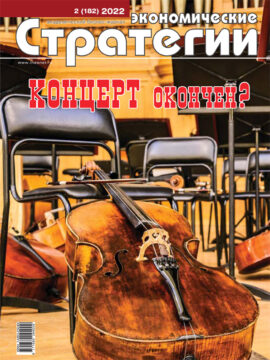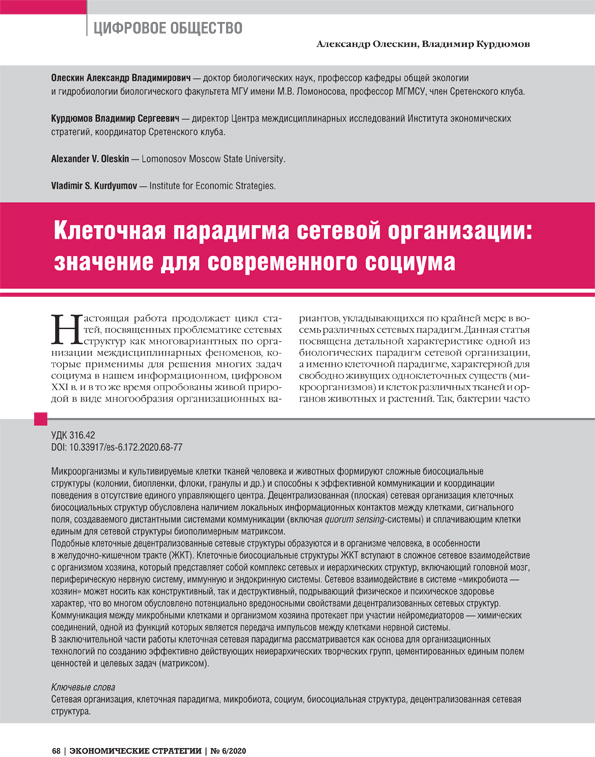An Innovation That has No Analogues in the World
DOI: https://doi.org/10.33917/es-2.182.2022.128-137
Today, the problems of preventive and rehabilitative medicine have become acute, which require close attention and determine the development of a new direction in restoring health. One of the fundamental solutions for the complete restoration of the balance of the body, all its parameters, functions of its organs and systems is the use of a corrector in the form of natural microorganisms bacillus subtilis, which form the basis of Vitafield products
Источники:
1. Complementary, Alternative, or Integrative Health: What’s In a Name? National Center for Complementary and Integrative Health, available at: https://www.nccih.nih.gov/health/complementary-alternative-or-integrative-health-whats-in-a-name.
2. Integrated medicine. National Library of Medicine, available at: https://www.ncbi.nlm.nih.gov/pmc/articles/PMC1119398/
3. Integrative Medicine vs. Functional Medicine: Is There a Difference? Between the Bridges Healing Center, available at: https://www.bridgeshealingcenters.com/integrative-medicine-vs-functional-medicine/
4. The Difference Between Functional Medicine and Integrative Medicine. Patronus Medical Blog, available at: https://www.patronusmedical.com/blog/functional-medicine-vs-integrative-medicine.
5. Gaivoronskii I.V., Nichinporuk G.I., Gaivoronskii A.I. Anatomiya i fiziologiya cheloveka [Human Anatomy and Physiology]. Moscow, Akademiya, 2011.
6. Tatarinov V.G. Uchebnik anatomii i fiziologii cheloveka [Textbook of Human Anatomy and Physiology]. Moscow, Medgiz, 1954.
7. Prives M.G., Lysenkov N.K., Bushkovich V.I. Anatomiya cheloveka [Human Anatomy]. Moscow, Meditsina, 1985.
8. Organs and Systems of the Human Organism. Medicine. LibreTexts, available at: https://med.libretexts.org/Bookshelves/Anatomy_and_Physiology/Book%3A_
Human_Anatomy_and_Physiology_Preparatory_Course_(Liachovitzky)/05%3A_Higher_Levels_of_Complexity-_Organs_and_Systems/5.01%3A_Organs_and_Systems_of_the_Human_Organism.
9. Aganbegyan A.G. Kak dolgo zhit’ i ostavat’sya zdorovym [How Long to Live and Stay Healthy]. Vserossiiskii ekonomicheskii zhurnal EKO, 2011, no 10, pp. 5–12





